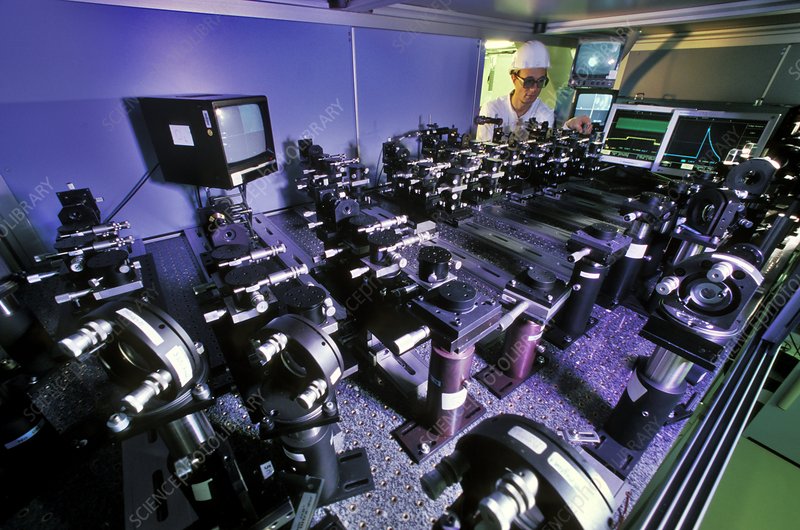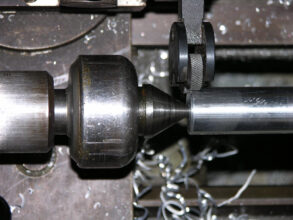Displacement and position measuring devices
In industry, sensors and devices for measuring displacement and position are widely used to automate many production processes. The main task of such sensors is to track the linear or angular movement of the monitored object and transform the change in its position into an appropriate output signal, convenient for further processing or information collection. YPMI80-F90-IU-V1 is a prevalent type of position or displacement sensor you can buy for specific purposes.
Sensors are critical components of any automated system; they often determine its technical capabilities and scope, quality, and reliability indicators.
Displacement and position measuring device manufacturers
Classification of displacement and position sensors According to the principle of operation, sensors for measuring displacement and position are divided into the following types: Inductive. An inductance coil is placed in the sensor, which controls the change in the characteristics of the magnetic field associated with the ingress of a metal object into the working area of the sensor. Inductive sensors are structurally simple, reliable, and inexpensive products.
They work only with metal objects at short distances, usually not exceeding a few centimetres. Capacitive. The movement of the controlled object is monitored by the change in the capacitance of the capacitor when the object enters the area of its air dielectric. They have high sensitivity, are small in size and weight, are distinguished by ease of manufacture, inexpensive cost, and durability, and are easily adaptable to new conditions of use.
Optical
The sensor includes an emitter and a receiver. An opaque object, falling between the emitter and the receiver, blocks the light beam immediately detected by the receiver and the corresponding signal is sent to the control system. Alternatively, the receiver and emitter can be located inside the same housing. A unique reflector is then used to reflect the light beam. Unlike capacitive and inductive, optical sensors can work at a great distance to the object of interest (up to 100 m).
They are often used as rangefinders to determine the distance to the studied object. In this case, the receiver receives radiation from the object’s surface.
Laser
They are a kind of optical sensor. The laser light contributes to very reliable and stable detection of small parts, even at high travel speeds. Laser sensors are compact and have a convenient adjustment system for the required parameters of objects and operating conditions. In inductive, capacitive, optical, laser devices, there is no direct mechanical contact between the object and the sensor, therefore they are classified as non-contact sensors. This property is essential and very useful in arranging automated enterprise systems.
Application area: Inductive, capacitive, optical and laser sensors are widely used to automate enterprises in many industries.
The main areas of use for capacitive sensors include:
- Control of the filling of tanks with liquid and bulk materials
- Control of filling of transparent packages on automatic lines
- As part of touch panels and keyboards of industrial equipment
- To perform counting operations
Inductive sensors are in demand in mechanical engineering. They act as end sensors on a variety of machining centers and machine tools.
Optical and laser sensors are used in:
- On conveyor lines to obtain information about the presence of items
- To determine their quantitative and dimensional characteristics
- Control of the presence of appropriate stickers
- Labels, inscriptions on objects
- Tracking level, transparency, colour
- Distance measurement (rangefinders)

















